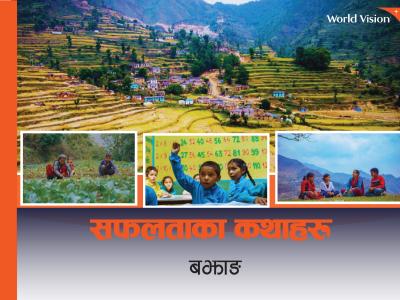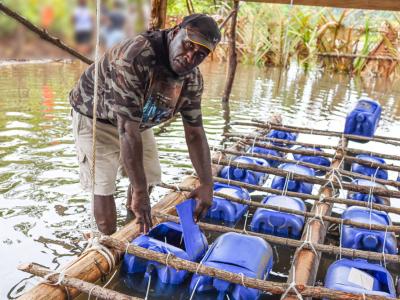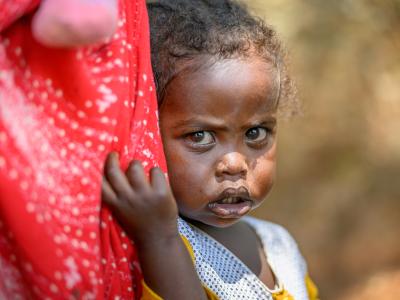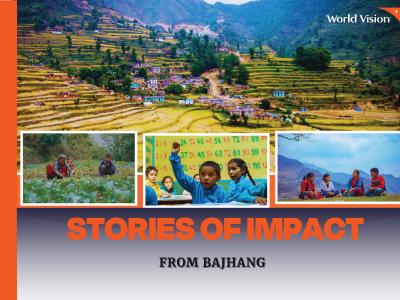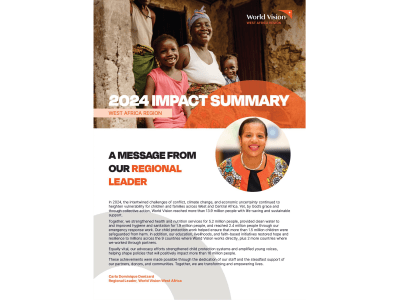publication / November 23, 2025
Cash Waves 2025 study: Impact of Family Assistance in Northwest Syria
Cash and Voucher Assistance significantly improved communication, financial decision-making, and emotional stability in 99% of households in Northwest Syria.
publication / November 18, 2025
Stories of Impact from Bajhang - Nepali
यस प्रकाशनमा बझाङ जिल्लाका प्रेरणादायक कथाहरू समावेश छन्, जहाँ वर्ल्ड भिजनको समावेशी र गुणस्तरीय शिक्षा
article / November 4, 2025
Transforming Youth Lives: The Impact of the Lukautim Mama Graun Project
Youth in Rorovana 1 turn to crab farming, building hope and climate resilience through the Lukautim Mama Graun Project.
publication / October 13, 2025
Advocacy Asks for the World Bank - Driving Nutrition Impact at Scale
Ahead of the 2025 World Bank Annual Meetings, the Multilateral Development Bank Nutrition Financing Advocacy Coalition has issued a joint statement
article / October 16, 2025
Redefining Humanitarian Impact: World Vision’s Integrated Approach to Child Protection and Food Security
In humanitarian crises, food security is often treated as a standalone goal. But World Vision is helping shift that paradigm — proving that protecting children must be central to how we feed, recover, and rebuild.
Together with the Child Protection Area of Responsibility, the Alliance for Child Protection in Humanitarian Action, Plan International, and the Food Security Cluster, World Vision is setting a new standard: one where child well-being is not an afterthought, but a core outcome of humanitarian response.
publication / August 26, 2025
Stories of impact from Bajhang, Nepal
Inspiring stories from Bajhang showing how education livelihoods and protection programmes are transforming lives and communities.
publication / August 22, 2025
West Africa Impact Summary 2024
In 2024, the intertwined challenges of conflict, climate change, and economic uncertainty continued to heighten vulnerability for children and families across West and Central Africa. Yet, by God’s grace and through collective action, World Vision reached more than 13.9 million people with life-saving and sustainable support. Discover our impact.

